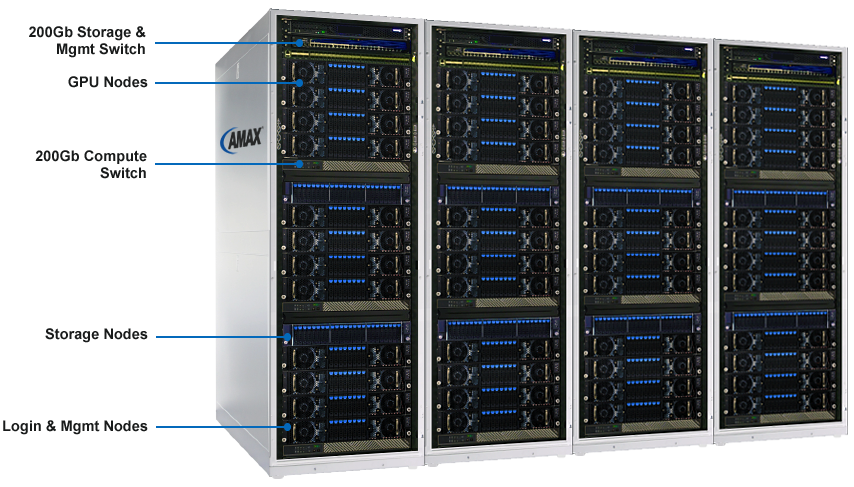What are Large Pre-Trained Language Models?
Discover Large Pre-Trained Language Models (LPLMs), a subset of Generative AI models projected to soar by 34% CAGR, leading to a 110 billion USD market share by 2030. LPLMs are deep learning neural networks designed to learn from vast amounts of text or code data. The process starts with pre-training on general language tasks, such as predicting the next word or filling in blanks, which requires tremendous computational power. Once trained, LPLMs can automate tasks such as answering questions or summarizing texts.
Popular examples of LPLMs are BERT (Bidirectional Encoder Representations from Transformers), GPT-n (Generative Pre-trained Transformer), and T5 (Text-to-Text Transfer Transformer).
Why Large Pre-Trained Language Models are critical for AI workload?
How GPU optimized systems are critical for Large Pre-Trained Language Models?
To efficiently train and deploy LPLMs, businesses must have a GPU-optimized infrastructure in place. LPLMs require enormous computational power including high bandwidth memory and fast communication among GPUs, to handle the demanding workload.

AMAX is the best partner in executing the Generative AI plan!
Multi-Node GPU Training Cluster
